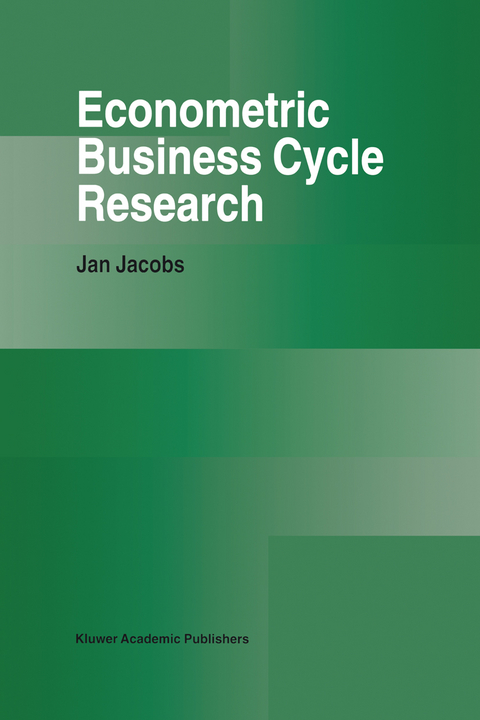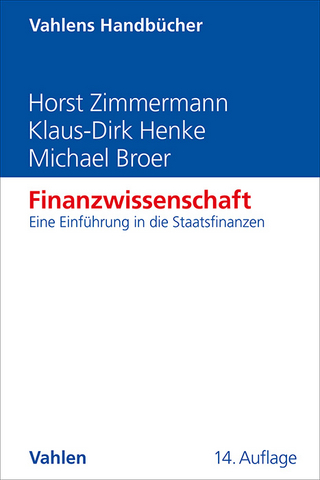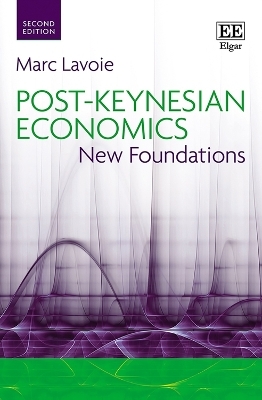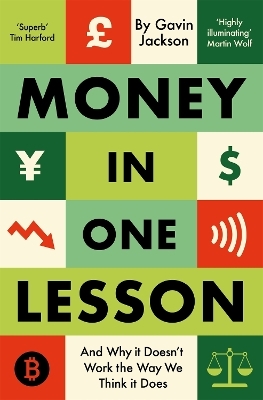
Econometric Business Cycle Research
Springer-Verlag New York Inc.
978-1-4613-7558-6 (ISBN)
The main conclusion of the book is that simultaneous equation models are the best vehicle for EBCR, if all its goals are to be attained simultaneously. This conclusion is based on a fairly detailed assessment of the methods and is not over-turned in the empirical illustrations. The main conclusion does not imply the end of other EBCR methods. Not all goals have to be met with a single vehicle, other methods might serve the purpose equally well - or even better. For example, if one is interested in business cycle forecasts, one might prefer a business cycle indicator or vector autoregressive system.
A second conclusion is that many ideas/concepts that play an important role in current discussions about econometric methodology in general and EBCR in particular, were put forward in the 1930s and 1940s.
A third conclusion is that it is difficult, if not impossible, to compare the outcomes of RBC models to outcomes of the other three methods, because RBC modellers are not interested in modelling business cycles on an observation-per-observation basis. A more general conclusion in this respect is that methods should adopt the same concept of business cycles to make them comparable.
1 Introduction.- 1.1 Business cycles.- 1.2 Aim.- 1.3 Outline.- 2 Background.- 2.1 History of EBCR.- 2.2 Co-integration.- 2.3 Seasonality.- 2.4 Concluding remarks.- 3 Assesment.- 3.1 The EBCR methods.- 3.2 The theory-measurement distinction.- 3.3 Description.- 3.4 Forecasting.- 3.5 Policy evaluation.- 3.6 Role of theory.- 3.7 Concluding remarks.- 4 The CCSO composite leading indicator, A BCI of the Netherlands.- 4.1 Measuring business cycles.- 4.2 Detrending.- 4.3 Methodology.- 4.4 The CCSO composite leading indicator.- 4.5 Three business cycle indicators of the Netherlands.- 4.6 March 1997 forecast.- 4.7 Concluding remarks.- 5 The IBS-CCSO model, a SEM of the Netherlands.- 5.1 Setting.- 5.2 The financial sphere.- 5.3 The real sphere.- 5.4 Performance.- 5.5 Concluding remarks.- 6 VAR-ing the conomy of the Netherlands.- 6.1 Exogeneity.- 6.2 From VAR to VARX.- 6.3 Data and (weak) exogeneity test outcomes.- 6.4 The VARX model: estimates and analyses.- 6.5 Comparison of simulation outcomes.- 6.6 Concluding remarks.- 7 Summary and conclusions.- 7.1 Summary.- 7.2 Conclusions.- 7.3 Research agenda.- Appendices.- A The Johansen approach: estimators and test statistics.- B The IBS-CCSO Model: equations, variables and graphs.- B.1 Model equations.- B.1.1 The monetary submodel.- B.1.2 The real submodel.- B.2 List of variables.- B.3 Graphs.- Author Index.
| Zusatzinfo | XIV, 228 p. |
|---|---|
| Verlagsort | New York, NY |
| Sprache | englisch |
| Maße | 155 x 235 mm |
| Themenwelt | Wirtschaft ► Allgemeines / Lexika |
| Wirtschaft ► Volkswirtschaftslehre ► Finanzwissenschaft | |
| Wirtschaft ► Volkswirtschaftslehre ► Makroökonomie | |
| Wirtschaft ► Volkswirtschaftslehre ► Ökonometrie | |
| ISBN-10 | 1-4613-7558-4 / 1461375584 |
| ISBN-13 | 978-1-4613-7558-6 / 9781461375586 |
| Zustand | Neuware |
| Haben Sie eine Frage zum Produkt? |
aus dem Bereich


